Senior Editor Eric White evaulates and troubleshoots an HO scale brass steam locomotive from Sunset Models to figure out why the gearbox isn’t turning. […]
How to troubleshoot and disassemble an HO scale brass steam locomotive
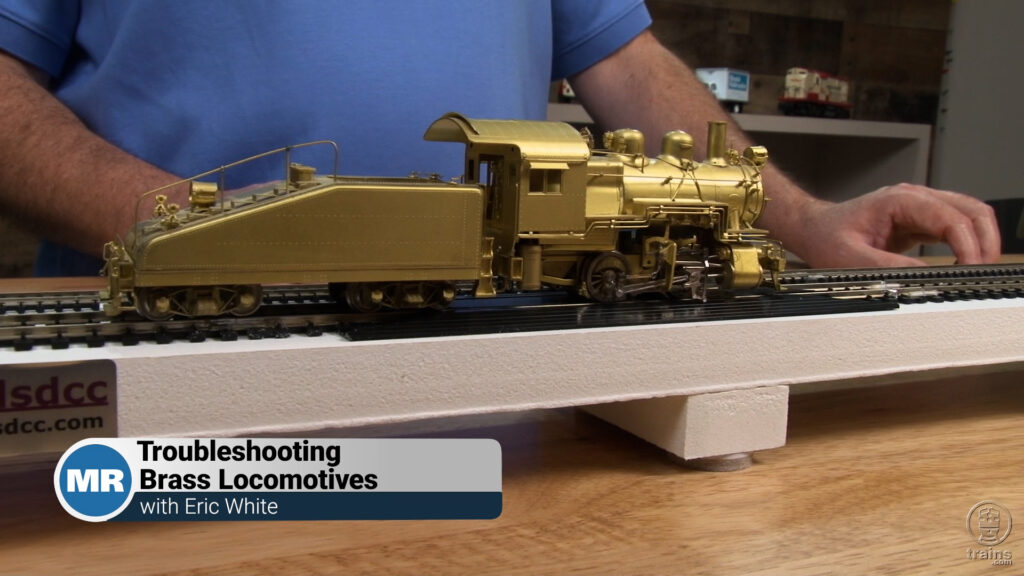
Action may be required on your Trains.com account in order to continue accessing content. Click here to learn more.

Senior Editor Eric White evaulates and troubleshoots an HO scale brass steam locomotive from Sunset Models to figure out why the gearbox isn’t turning. […]

Today’s sketch was drawn long before Sketching with Steve was a gleam in anyone’s eye. It was 2008, and I’d been with Model Railroader less than a year. Finally, the resources to build my HO scale version of the Cincinnati, Lebanon & Northern Ry. in 1906 were within my reach! I drew this track plan […]

Learn how David and Rene use materials such as foam, paper, and plaster sheets to begin forming the terrain on the State Line N scale layout. […]
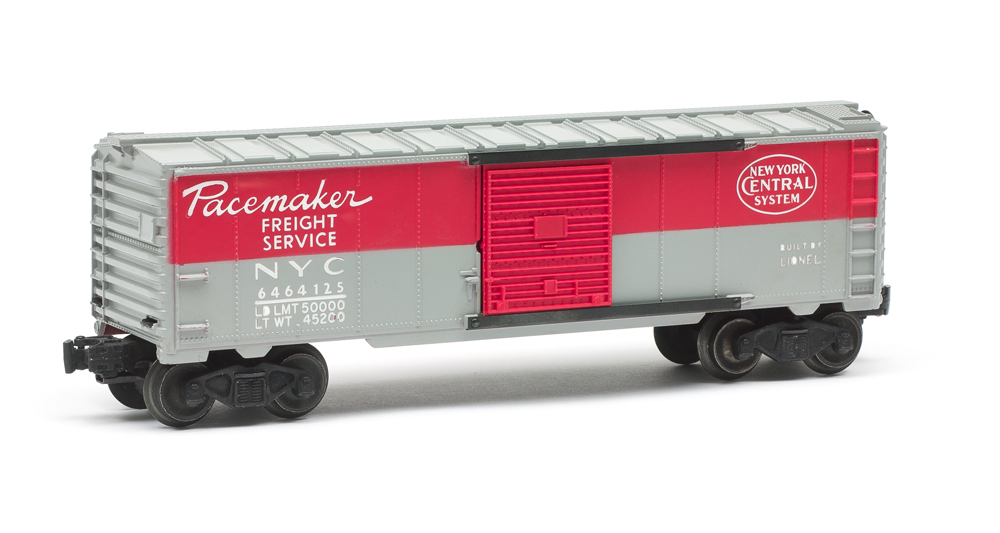
Lionel 6464 boxcars help Lionel Corp. mark 1953 as a turning point. Yes, a year after blazing a new trail with classic streamlined passenger cars, the engineering and sales teams at Lionel fielded near-scale models of a modern flatcar, a triple-dome tank car, and a porthole caboose. Perhaps most important of all, the company […]

A California-inspired garden railroad is what you can see in our Morning Glow Railroad. It was developed after watching numerous videos, reading many Garden Railways magazines, then determining the type of garden railroad I wanted to construct. Its theme is based on the type of natural setting that I enjoyed the most, namely a vacation […]
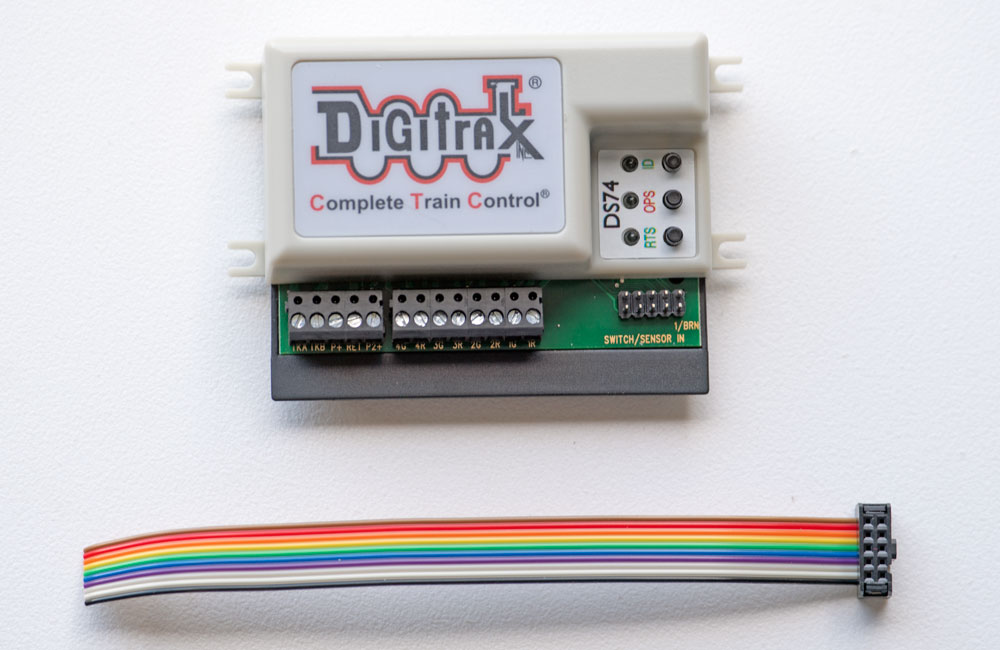
I’ve wired a number of control panels for clubs. Control panels stick out into aisles and therefore need to be rugged. Control panels also take a good amount of time to wire. If you make a change in your track, modifying the panel to reflect the change can be difficult. I’ve always liked being able […]
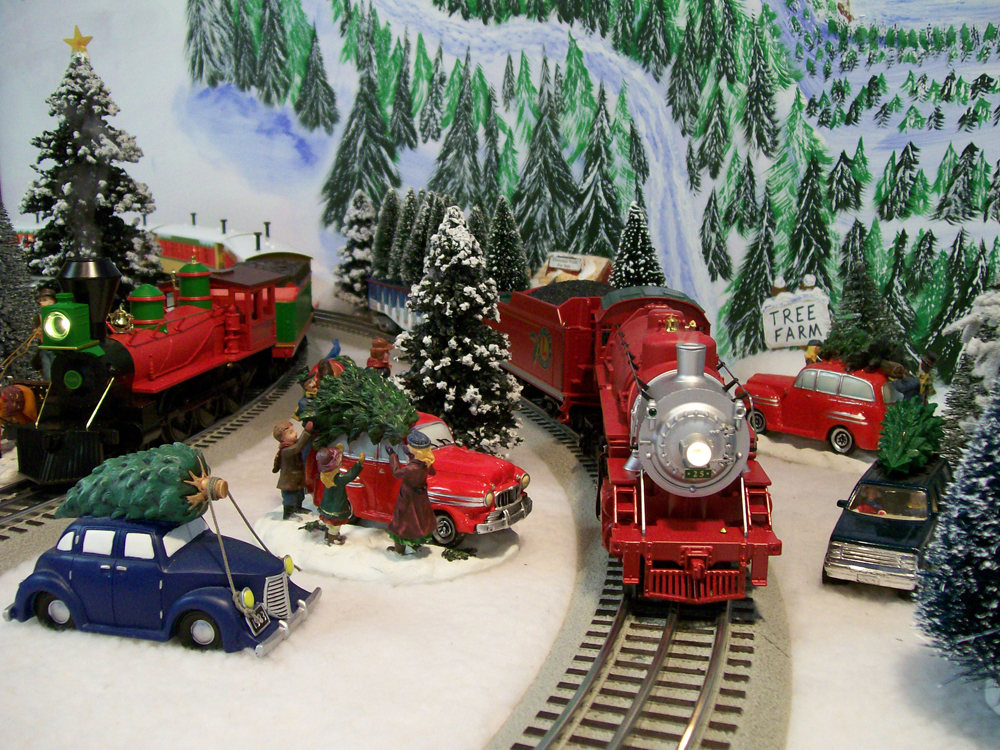
Vintage toy trains in winter holiday scenes bring feelings of nostalgia. Relive the nostalgia with this selection of both current and vintage holiday-themed photos in O and Standard gauge scales. If you have a photo you’d like considered for a future gallery, contact editor@classictoytrains.com […]
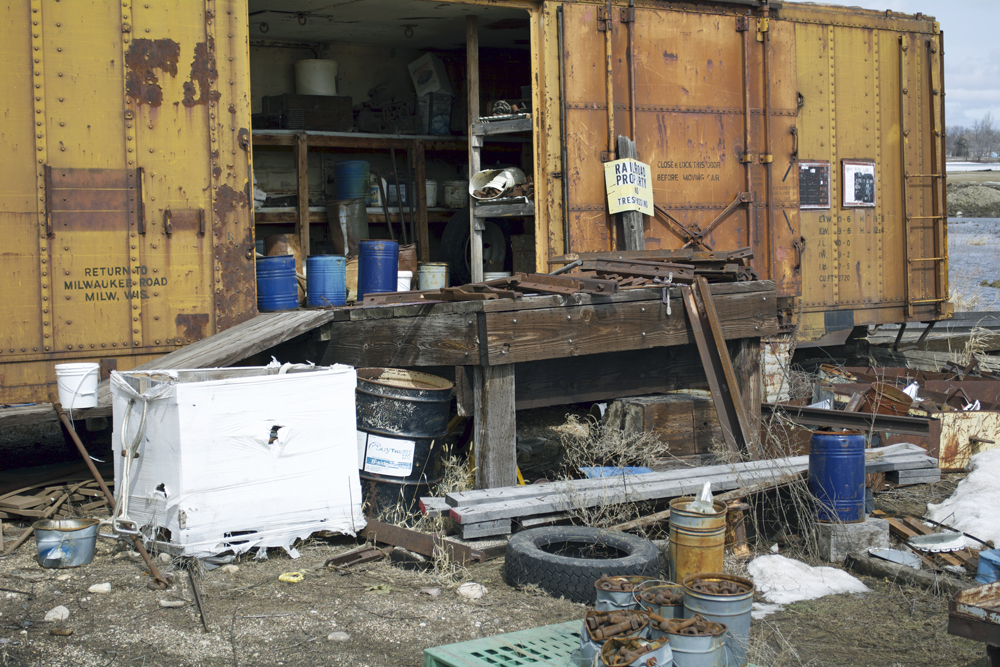
Model a boxcar storage scene to add realism to a model train layout. I’m a fan of shortline railroads. One of the many things I admire about these operations is how resourceful they are. I came across an example of this when I visited Twin Cities & Western (TCWR) subsidiary Sisseton Milbank Railroad (SMRR) in […]
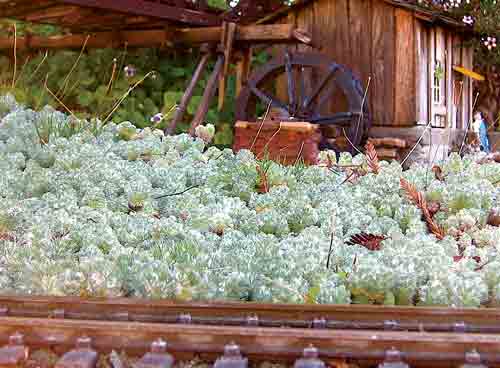
Common name: Brass buttons, creeping gold buttons Latin name: Cotula fallax, C. hispida, or C. lineariloba Plant type: Perennial Plant size: 2″ high x 10″ wide USDA Hardiness Zones: 5-10 Cultural needs: Somewhat xeric, sun or part shade Renamed Cotula fallax, this semi-evergreen groundcover is not to be confused with other popular fern-like Cotulas, […]

Facts & features Name: MR&T State Line Scale: N (160:1) Size: 4 x 12 feet Prototype: Freelanced; Milwaukee, Racine & Troy Era: 1980s Style: island Mainline run: 28 feet Minimum radius: 18″ Minimum turnout: no. 6 Maximum grade: 1 percent Benchwork: plywood subroadbed on L-girder Height: 49″ Roadbed: cork Track: Micro Engineering code 55 Scenery: […]
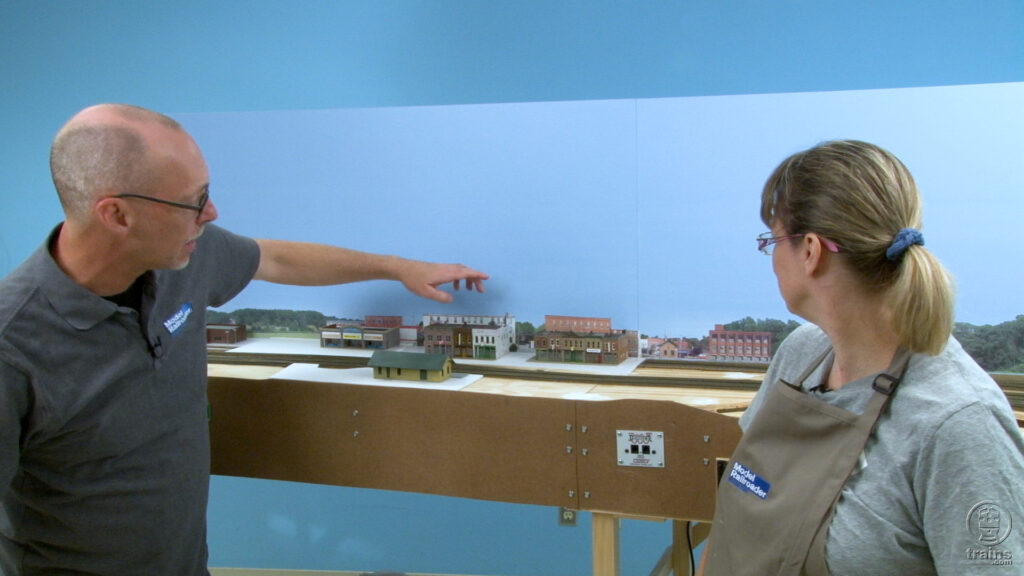
In this episode, David demonstrates how to paint a gradient blue-sky backdrop for the State Line Route N scale layout. Then he enlists Rene to help create horizon lines using sections from various SceniKing photo backdrops. Watch how the backdrop comes together using these techniques! […]
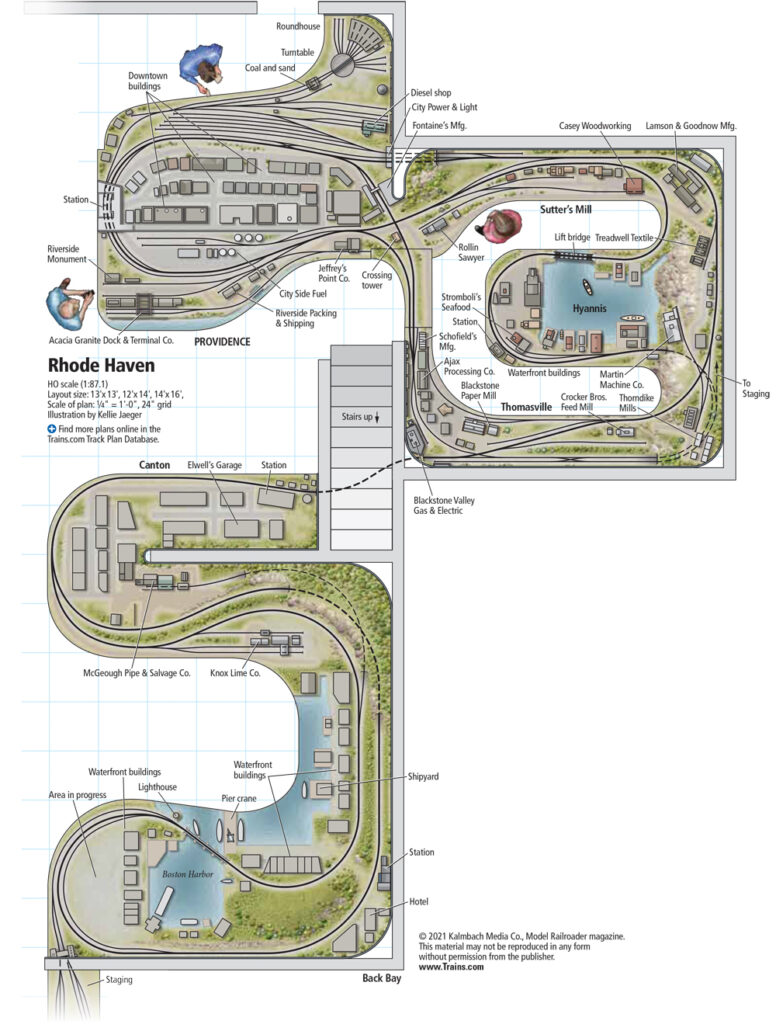
Facts & features Name: Rhode Haven Scale: HO (1:87.1) Size: 13 x 13, 12 x 14, and 14 x 16 feet Prototype: freelanced, inspired by New York, New Haven & Hartford Locale: New England Era: 1930s”40s Style: walk-in Mainline run: 230 feet Minimum radius: 32″ Minimum turnout: no. 5 Maximum grade: 2.5 percent Benchwork: L-girder […]